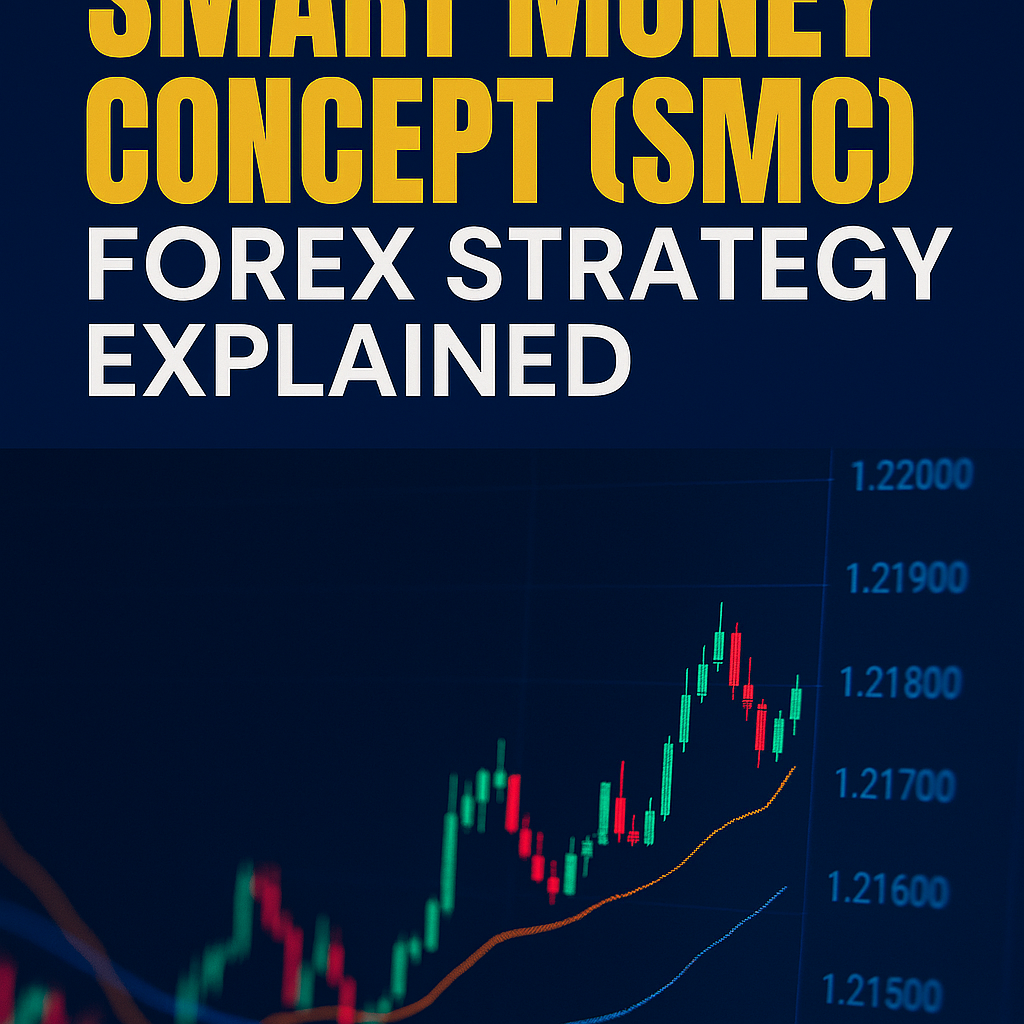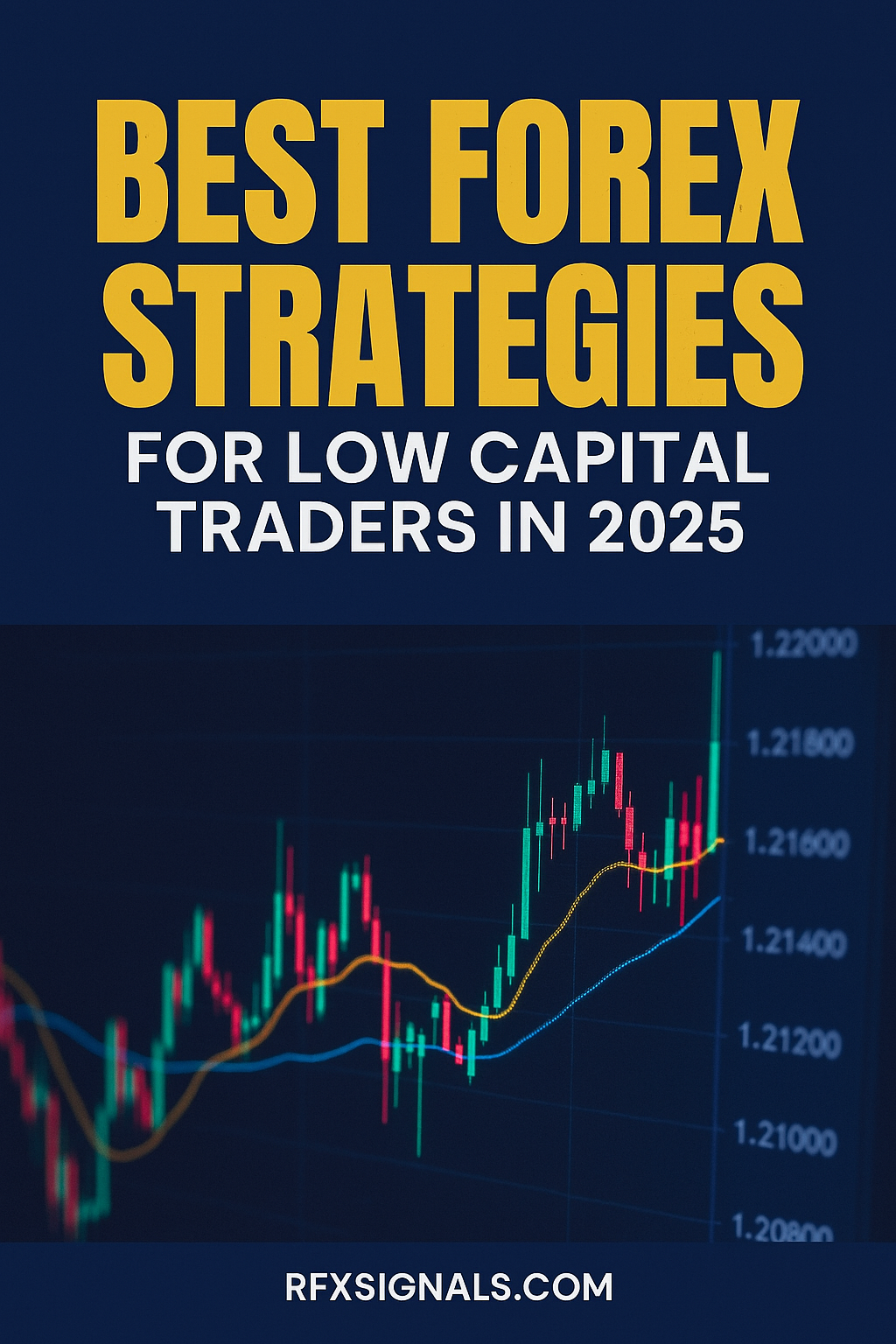
Smart Money Concept (SMC) Forex Strategy Explained
Short summary: Smart Money Concept (SMC) is a price-action framework that studies how institutional participants (the “smart money”) move markets. This guide explains the core components — order blocks, liquidity, fair value gaps, and market structure — and gives practical entry/exit rules, risk controls, and content/link-building tips so you can publish this on RFXSignals and funnel traders to your Telegram & WhatsApp communities.
Join our channels for live SMC trade alerts, step-by-step charts and Q&A with experienced traders.
What is Smart Money Concept (SMC)?
SMC is an institutional-style approach that reads price structure and liquidity flows instead of relying solely on indicators. It assumes that large players (banks, hedge funds, liquidity providers) leave footprints in price — areas where they enter/exit positions. By identifying those footprints (order blocks, fair value gaps, liquidity pockets), retail traders can trade in alignment with probable institutional activity.
Core SMC Concepts (quick reference)
- Market Structure (MS): Higher highs/higher lows in an uptrend, lower lows/lower highs in a downtrend. SMC trades respect shifts in structure.
- Order Blocks (OB): The last bullish or bearish candle cluster where institutions initiated a move. These act as supply/demand zones.
- Fair Value Gap (FVG): A price gap (inefficiency) created when price moves strongly, leaving a zone where orders may be unfilled. Price often returns to fill FVGs.
- Liquidity (Stops & Pools): Areas where stop orders cluster (e.g., beyond swing highs/lows). Institutions often “hunt” liquidity before reversing.
- Breaker/Continuation Zones: Levels where prior order blocks flip or break, giving trade opportunities on retests.
How to identify the building blocks on your chart
Use clean price charts (no noisy indicators) on multiple timeframes. Typical workflow:
- Start with Daily/4H to determine market structure and trend.
- Mark recent order blocks on the higher timeframe (the last bearish/bullish block before a significant move).
- Zoom to H1/H4 for FVGs and retest areas — look for liquidity pockets around swing levels.
- Confirm on lower timeframes (M15/M5) for precise entry triggers (candlestick reaction, wick rejection, or a small structure break).
SMC Entry & Exit Rules — Simple, practical framework
Entry checklist (example long trade)
- Trend context: Higher timeframe shows uptrend or bullish bias.
- Order block below price: Identify the last bullish order block that sparked the move.
- Fair Value Gap: Price has a nearby FVG that acts as an inefficiency to be filled.
- Liquidity: Stops below a clear swing low exist — expect a liquidity run before reversal.
- Price reaction: On the lower timeframe, wait for a bullish rejection candle or structure break/retest inside the OB/FVG area.
- Risk placement: Stop below the order block or below the liquidity pool — keep risk defined.
Exit & management
- Set a first target at the nearest structure high/resistance (measured move or previous swing high).
- Use partial profit-taking: close 30–50% at first target, move stop to breakeven for remainder.
- Trail stops using swing structure or ATR-based trailing for extended trends.
Common SMC Trade Examples (textual)
Example 1 (Bullish reversal): Price forms a bearish order block, breaks structure lower to take liquidity, then returns to the OB/FVG area where a bullish rejection forms — enter long with stop below liquidity pool.
Example 2 (Continuation): In a clear uptrend, a bullish order block forms after a corrective move; price retests the block, fills the FVG and resumes the trend — enter on retest with trend confirmation.
Risk Management & Position Sizing for SMC
Risk control is essential. Use these rules:
- Risk per trade: typically 0.5%–1% for defined OB entries; conservative traders use 0.25%–0.5%.
- Max concurrent risk: set a portfolio-level cap (e.g., no more than 3% total at risk across open trades).
- Account for market events: avoid holding through major high-impact news unless the strategy explicitly targets volatility.
How to combine SMC with other methods
SMC pairs well with:
- Volume/Order Flow: Confirms institutional activity.
- Structure-based swing trading: Use SMC for timing entries within swing setups.
- Indicator filters (sparingly): ATR for stop placement or RSI divergence as additional confirmation.
Practical tips for publishing this article & link building (RFXSignals)
Internal linking: Link anchor texts like “daily market analysis”, “multi-strategy portfolio”, and “free forex signals” to high-value pages on your site (example: Daily Forex Market Analysis, RFXSignals homepage).
Community CTAs: Add prominent CTAs (above) that funnel readers to: Telegram: @rfxtrading and WhatsApp Group. Use UTM parameters to track conversions from article → channel.
Off-page link building: Publish condensed SMC case studies on niche finance blogs and request backlinks to your cornerstone SMC page. Offer to exchange guest posts that explain a live trade with annotated charts and link back to your Telegram for chart images or trade logs.
Tools, templates & learning resources
Suggested tools: a multi-timeframe charting platform (TradingView or broker platform), a simple trade journal (spreadsheet) with tags for OB/FVG/Structure, and screen capture for annotated charts you can share in Telegram. Offer a downloadable SMC checklist or PDF as a lead magnet to grow your channel subscribers.
Common mistakes to avoid
- Labeling every zone an “order block” — be selective: true OBs are the last market structure break candle/cluster before directional momentum.
- Skipping higher timeframe context — SMC works best when top-down analysis confirms bias.
- Poor risk placement — placing stops too tight inside noisy price action or too loose without proper capital control.
Final checklist (before you take an SMC trade)
- Higher timeframe market structure aligns with bias.
- Valid order block and/or FVG identified.
- Liquidity pool/stop clusters mapped.
- Lower timeframe reaction confirms entry (rejection or structure flip).
- Defined stop, target, and position size consistent with risk limits.
We publish annotated SMC charts, trade rationale and risk parameters in our channels — perfect for traders learning to read institutional footprints.
Conclusion & disclaimer
Smart Money Concept (SMC) gives retail traders a structured way to read likely institutional behavior and trade with defined edges. It’s not a guaranteed system — it’s a methodology that rewards discipline, top-down analysis and strict risk controls. Combine SMC with backtesting, demo forward-testing, and a clear journaling process before trading live.
Disclosure: This article is educational content and not financial advice. Forex trading involves substantial risk. Always test strategies on demo accounts and trade only with capital you can afford to lose.





